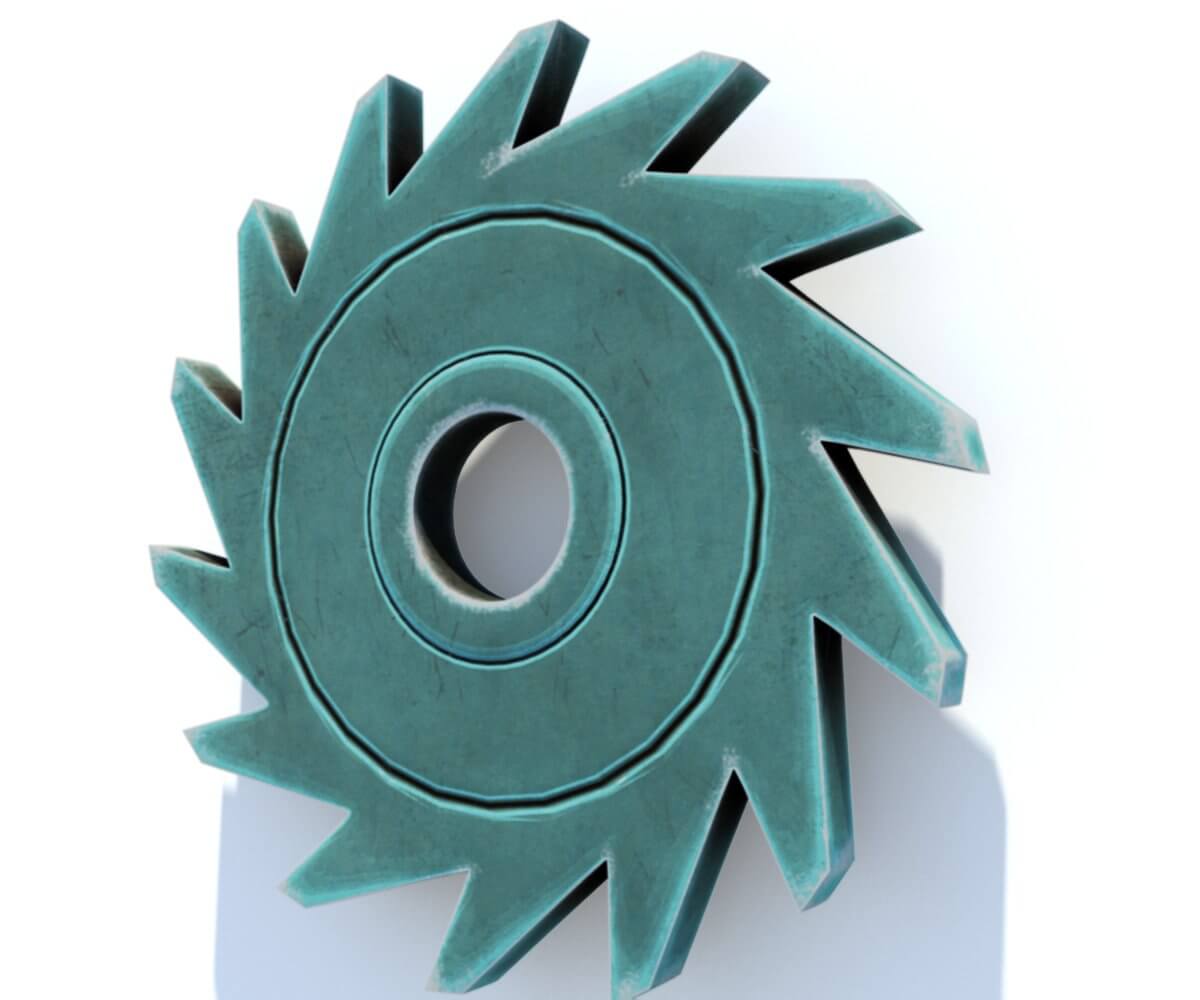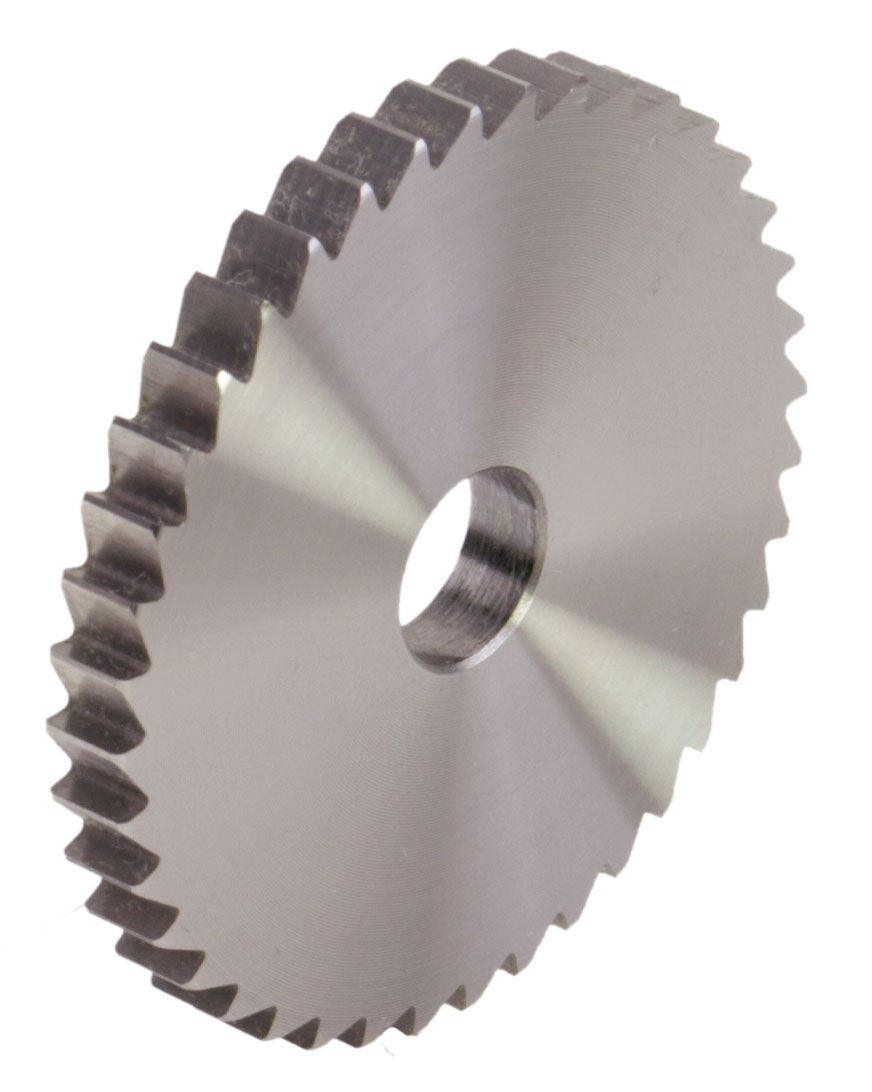Product Description
Our conveyor rollers have been exported to more than 30 countries all over the world in past 34 years and we have professional engineers and all of them have rich experience in this field, we can design the goods independently.
Standard: GB, ISO, CEMA, DIN, JIS, etc
Production capacity: As usual 5000 pieces/ week, but urgent order is acceptable
Certificate: CE, ISO, BV, SGS, IKA, etc
Advantage:
The life time: More than 30000 hours
Samples for testing are available.
The more relaxed payment terms
Detailed conveyor roller idler feature:
1. Roller idlers Dia 50mm-219mm, length 190-3400mm, which are used in the steel industry, harbor, coal industry, power industry, cement industry, etc
2. Tube: Q235
3. Shaft: 45# STEEL
5. Bearing: Single & Double Row Deep Groove Ball Bearing 2RZ&2Z with C3 clearance.
6. Seals: Grease retaining inner seal with Multi-stage Labyrinth and Retention Cap with Outboard Rubbing Flinger Seal.
7. Lubrication: Grease is Lithium soap type grease with Rust Inhibitors.
8. Welding: Mixed gas shielded arc welding end
9. Painting: Ordinary painting, hot galvanized painting, electric static spraying painting, baked painting
Besides we can manufacture the rollers and idlers according to the buyers' requirements
| Standard External Diameter |
Standard Inner Diameter |
Length scope ( mm) | Bearings Type (Min~Max) |
|
| mm | In | mm | ||
| 89 | 3 1/3 | 60/50 | 170-3400 | 204 |
| 102 | 4 | 76 | 170-3400 | 204 205 |
| 108 | 4 1/4 | 89/76/60 | 170-3400 | 204 205 |
| 114 | 4 1/2 | 89/76 | 170-3400 | 204 205 |
| 127 | 5 | 89 | 170-3400 | 204 205 |
| 133 | 5 1/4 | 89/70/63.5 | 170-3400 | 204 205 |
| 140 | 5 1/2 | 89 | 170-3400 | 204 205 |
| 152 | 6 | 108/76 | 170-3400 | 306 |
| 159 | 6 1/4 | 108 | 170-3400 | 306 |
| 194 | 7 5/8 | 159/133 | 170-3400 | |
/* January 22, 2571 19:08:37 */!function(){function s(e,r){var a,o={};try{e&&e.split(",").forEach(function(e,t){e&&(a=e.match(/(.*?):(.*)$/))&&1
| Material: | Nylon |
|---|---|
| Application: | Chemical Industry, Grain Transportation, Mining Transport, Power Plant, Coal Mining Industry, Cement, Harbor,etc |
| Structure: | Ordinary Roller |
| Bearing Type: | Double Sealed Bearing |
| Type: | Grooved Conveyor Idler |
| Certificate: | CE, ISO, BV, SGS, Ika, etc |
| Customization: |
Available
|
|
|---|

What advantages do ratchet wheels offer in terms of controlled motion and security?
Ratchet wheels offer several advantages when it comes to controlled motion and security in mechanical systems. These advantages include:
- 1. Unidirectional Motion: Ratchet wheels allow motion in only one direction, which is beneficial in applications where preventing backward movement is essential. This unidirectional motion provides control and ensures that the mechanism operates precisely as intended.
- 2. Incremental Movement: Ratchet wheels are designed with teeth that provide incremental movement. This allows for precise adjustments or controlled advancement in applications requiring accuracy and fine-tuned positioning.
- 3. Security Against Reversal: The key advantage of ratchet wheels is their ability to prevent backward movement effectively. When a pawl or catch mechanism engages with the teeth of the ratchet wheel, it locks the wheel in place, preventing any reverse motion. This feature is crucial in applications where maintaining security and preventing unintentional backdriving are vital.
- 4. Resistance to External Forces: Ratchet wheels are designed to withstand external forces or vibrations that may attempt to cause reverse motion. The engagement of the pawl ensures that the wheel remains locked in its current position, enhancing security and stability.
- 5. Predictable Operation: Ratchet wheels provide predictable and reliable operation. Users can apply force or torque in the desired direction, knowing that the ratchet wheel will move in that direction without the risk of unexpected movement or slippage.
- 6. Versatility in Applications: Ratchet wheels find application in a wide range of industries and systems where controlled motion and security are crucial. They are commonly used in hand tools, winches, hoists, conveyor systems, and various mechanical devices.
- 7. Maintenance of Tension: In applications like tie-down straps and tensioning systems, ratchet wheels maintain tension and prevent slack from developing. This ensures that loads remain securely in place during transportation or use.
- 8. Safety: Ratchet wheels contribute to safety in various applications, such as vehicle handbrakes and safety mechanisms. They prevent unintended movement and enhance the overall safety of the system.
Overall, ratchet wheels offer precise, controlled, and secure motion, making them valuable components in applications where maintaining control and preventing reversal are critical. Their ability to provide incremental movement and resist external forces adds to their versatility and reliability in diverse mechanical systems.

How does the choice of ratchet wheels affect the overall performance and reliability of mechanical systems?
The choice of ratchet wheels plays a significant role in determining the overall performance and reliability of mechanical systems. Here's how different factors related to ratchet wheel selection impact these aspects:
- 1. Load Capacity: The load capacity of the chosen ratchet wheel must match the intended application. Using a ratchet wheel with insufficient load capacity can lead to premature wear, slippage, and safety risks.
- 2. Material Selection: Ratchet wheels are available in various materials, such as steel, stainless steel, and plastic. The choice of material affects factors like durability, corrosion resistance, and weight. Selecting the appropriate material for the environment and application is critical.
- 3. Tooth Profile and Design: The tooth profile and design of the ratchet wheel impact how well it engages with the pawl or catch. Proper tooth design ensures reliable engagement, reducing the risk of slippage or unintended movement.
- 4. Precision and Tolerance: High-precision ratchet wheels with tight tolerances provide smoother and more consistent operation. Precision is essential in applications where accuracy and repeatability are critical.
- 5. Pawl Compatibility: Ensure that the selected ratchet wheel is compatible with the accompanying pawl or catch mechanism. Incompatibility can lead to issues with engagement and reliability.
- 6. Surface Finish: The surface finish of the ratchet wheel affects friction and wear. A polished or treated surface can reduce friction, extend the service life, and enhance performance.
- 7. Environmental Considerations: Consider the environmental conditions in which the ratchet wheel will operate. Extreme temperatures, exposure to chemicals, or outdoor use may require specialized materials or coatings to maintain reliability.
- 8. Maintenance Requirements: Some ratchet wheels may require more frequent maintenance than others. Understanding the maintenance needs of the chosen ratchet wheel is crucial for long-term reliability.
- 9. Compliance with Standards: Ensure that the selected ratchet wheel complies with industry standards and regulations. Compliance is essential for safety and reliability in specific applications.
- 10. Cost-Benefit Analysis: Consider the cost-effectiveness of the chosen ratchet wheel. While high-quality options may come at a higher price, they often offer better long-term reliability and reduced maintenance costs.
- 11. Application-Specific Features: Some ratchet wheels may offer features tailored to specific applications, such as noise reduction or enhanced security. Choosing a wheel with the right features can improve overall system performance.
- 12. Supplier Reputation: The reputation and reliability of the supplier or manufacturer also play a role. Established suppliers with a track record of quality can offer assurance in the performance of their products.
In summary, the choice of ratchet wheels affects the overall performance and reliability of mechanical systems by influencing load capacity, material selection, tooth design, precision, and many other factors. Selecting the right ratchet wheel for a given application is crucial for achieving optimal system performance and longevity.

Can you explain the primary purpose and applications of ratchet wheels in various industries?
Ratchet wheels serve a primary purpose in various industries by enabling unidirectional motion, preventing backward movement, and offering precise control. Their applications are diverse and include the following:
- 1. Automotive Industry: Ratchet wheels are integral to automotive applications, such as handbrakes and vehicle jacks. Handbrakes use ratchet mechanisms to securely hold a vehicle in place, preventing it from rolling when parked on an incline. Vehicle jacks employ ratchet mechanisms for controlled lifting and lowering of vehicles during maintenance or tire changes.
- 2. Construction and Engineering: Construction and engineering equipment often feature ratchet mechanisms. Ratchet straps and tie-downs are used for securing loads on trucks and trailers. Additionally, ratchet wrenches and torque wrenches provide precise control in construction and assembly tasks, allowing for incremental tightening or loosening of bolts and fasteners.
- 3. Manufacturing and Assembly: Ratchet mechanisms are employed in manufacturing and assembly processes where controlled movement is essential. This includes machinery used in factories for precision tasks like fastening, clamping, or incrementally advancing components on an assembly line.
- 4. Medical Devices: The medical industry utilizes ratchet wheels in various instruments and devices. For instance, surgical instruments may feature ratchet mechanisms to control the movement of specific components, allowing surgeons to perform delicate procedures with precision.
- 5. Material Handling: In material handling equipment such as winches, hoists, and cranes, ratchet wheels ensure the controlled lifting and lowering of heavy loads. They contribute to safety and prevent unintended load movement, making them crucial in industries like construction, manufacturing, and logistics.
- 6. Consumer Products: Ratchet mechanisms are found in many consumer products. A common example is a retractable tape measure, where a ratchet wheel allows the tape to be extended and then locked in place at the desired length. Similarly, many hand tools like screwdrivers and pliers feature ratchet mechanisms for efficient and continuous rotation in one direction.
- 7. Aerospace and Aviation: Ratchet wheels are used in aerospace and aviation applications for tasks like securing cargo in aircraft, controlling movements in cockpit instruments, and ensuring the proper operation of various components within the aircraft.
- 8. Marine and Boating: Marine equipment often employs ratchet mechanisms in winches and pulleys for controlling sails, anchors, and other rigging. They enable sailors to adjust sail tension and anchor position with precision.
- 9. Sports and Recreation: Ratchet mechanisms are used in sports and recreational equipment, such as bike gears and fishing reels. They provide controlled motion and prevent backward movement, enhancing the user experience and safety.
Ratchet wheels are versatile components that find applications in an array of industries, improving safety, control, and efficiency across various mechanical systems.


editor by Dream 2024-04-25